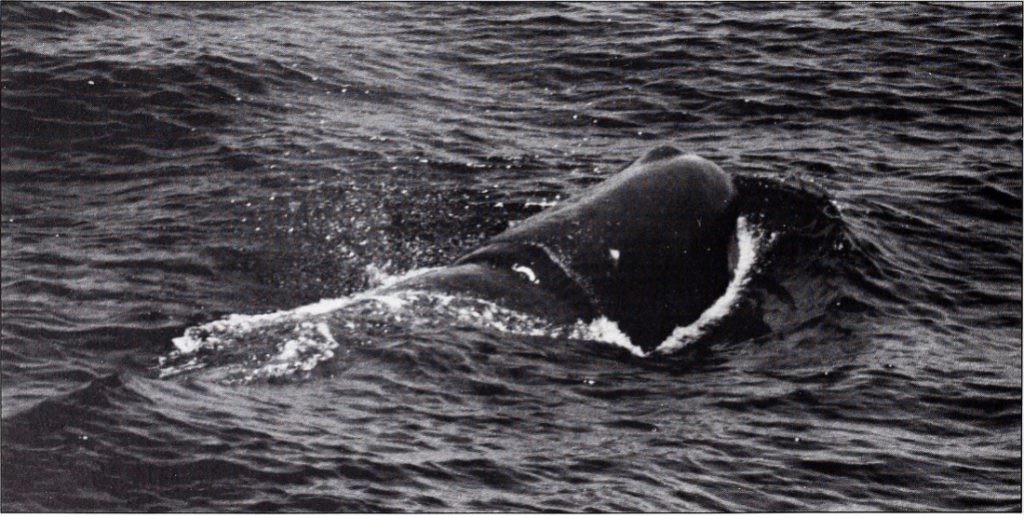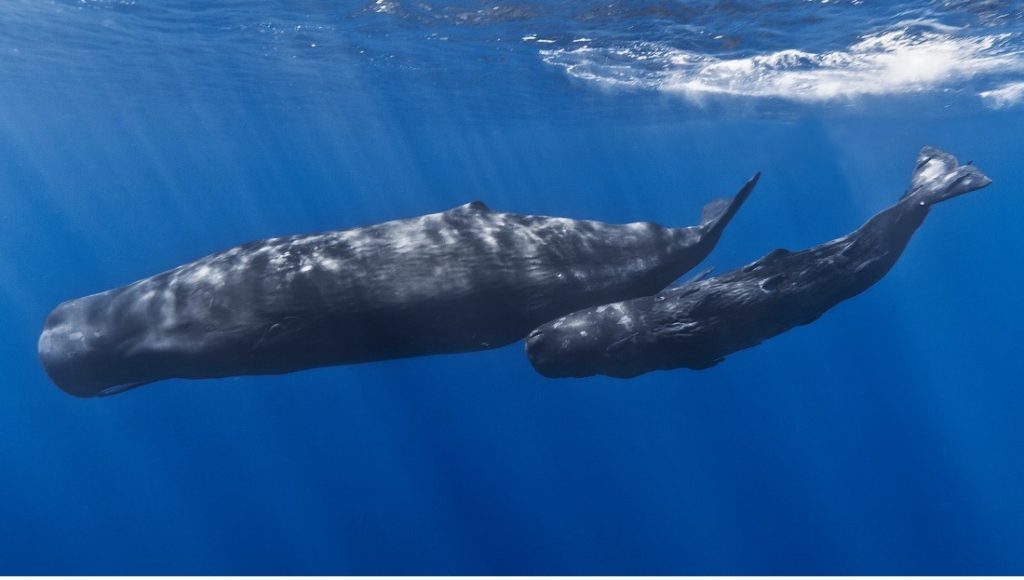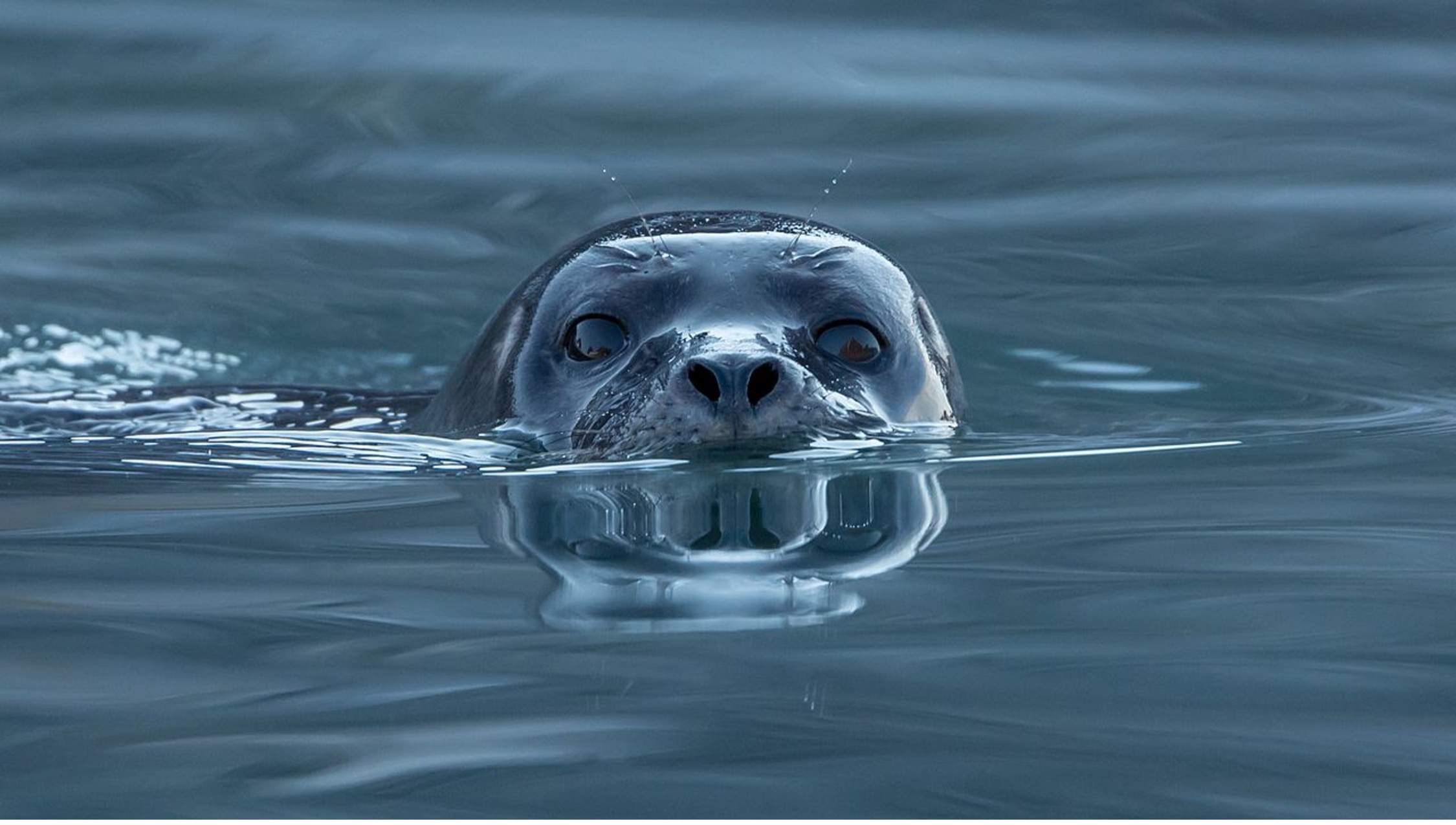As technology continues to develop, the natural world finds itself under threat as entire ecosystems are disrupted and destroyed. For many animals, the overwhelming disruption caused by human activities is impossible to manage – without assistance, they are very much at risk of destruction through irresponsible human action. From the School of Biology, the Sea Mammal Research Unit (SMRU) has done tremendous work in protecting two highly vulnerable animal groups: cetaceans (whales, dolphins, and porpoises) and seals. Through research into animal behaviour and communications with national governments and international organisations, SMRU has ensured human activity in the oceans takes cetaceans and seals into consideration, minimising our damage to these species.
Studying Seal Population Dynamics
The United Kingdom hosts nearly half of the world’s grey seals, as well as a third of its eastern Atlantic harbour seals. These seals are used by UK and EU governments as indicators of marine environmental health, since managing their population requires balancing their welfare and conservation with the sustainable use of the ocean. The SMRU at St Andrews integrates aerial surveys, attachment of sophisticated tags, mathematical and statistical model development, and at-sea fieldwork to accurately provide information on seal demographic rates, abundance, and population trajectories. Governments have used this information to comply with national and international legislation. To this end, the research is used to enhance seal welfare and conservation by legally protecting haul-out sites (places where seals rest between sea trips) from harassment.

SMRU’s integrated research programme is used to generate accurate estimates of UK seal demographic rates, abundance, and population trajectories. Since 2016, the SMRU has used aerial surveys to cover 95% of UK haul-out sites in their investigation of Harbour Seals. Additionally, data from telemetry tags placed on seals was used to estimate how much of the population was hauled out, revealing dramatic population declines of up to 10% in certain regions.
SMRU’s population dynamics research has been used by the UK to fulfil its legislative obligations for the EU Habitats Directive, which ensures the protection of a wide array of threatened species. The population trends described by SMRU were used as the basis for the UK’s justification of their measures to protect seal biodiversity. Seals preying on Scottish salmon has been shown to equate to yearly losses of over £2.5 million, an economic incentive that led to the UK Conservation of Seals Act in 1970. This allowed for unregulated seal shooting outside of breeding seasons: potentially impacting regional populations due to unnatural degrees of seal population loss. Since 2013, SMRU’s research led to the calculation of safe upper limits on the number of seals that could be removed from a population without leading to long-term population declines. Additionally, SMRU’s population data has led to the implementation of seal licenses in fish farms, which restrict the number of people allowed to kill the seals that would naturally manage fish populations.

Reducing Risk for Cetaceans
The SMRU has also worked to protect cetaceans from the impact of naval sonars. While sonars are an irreplaceable tool for national defence, cetaceans use sound as a natural biosonar as well as for social communication and can be seriously affected by naval activity. This includes physiological effects, such as hearing loss; and behavioural effects, such as avoidance and disturbance, both of which lead to a disruption of important natural behaviours like feeding and social care.
In 2003, SMRU scientists developed an experimental design that allowed them to determine the lowest sound level to which cetaceans respond. This design has been used to understand the responses of 10 cetacean species to Navy sonar signals. The results of these studies showed variable responsiveness among different cetacean species although some, such as beaked whales, showed severe responses to low received levels of naval sonar. The research also showed that introducing a shorter ‘ramp-up’ to naval sonar systems allowed cetaceans enough time to move away, potentially reducing the impact of naval systems in the future.

This research has been crucial for the effective management of naval sonar use in the USA and Europe. The US Navy utilised SMRU’s experiments in assessing the environmental impact of its sonar activities, eventually using it to estimate different effects of sonar based on the species present in the ocean environment. Noting the heighted sensitivity of some species to sonar, the navy maintains a specific sonar function that provides a higher level of protection for the more sensitive species. Additionally, the Norwegian and Netherlands navies have changed specific operating procedures based on SMRU’s research whereby Norwegian sonar exercises are carefully planned to occur when it is unlikely that particularly sensitive mammals, such as beaked and sperm whales, will be present. More recently, NATO’s planned training exercises have been updated, allowing the alliance to conduct large naval operations without cetacean strandings. SMRU recognises the significance of the ocean, both as a space for technological innovation and as a fertile environment for delicate and diverse life. By generating research that allows both to coexist, SMRU has led to an ocean that is safer for many of its inhabitants, while allowing for human activity to continue in a sustainable and responsible manner.
This work contributed to the University of St Andrews’ REF 2021 submission.
The Research Excellence Framework (REF) is a system which assesses research at UK Higher Education Institutions by discipline, based on three elements: outputs, impact and environment. This blogpost is based upon two impact case studies that contributed to St Andrews’ outstanding results this REF cycle. Visit REF to view the submitted case studies in the UKRI’s impact case study database, here and here.

